Phenom 100
The great revolution of "VLJ" or "very light aircraft" arrived with the Citation Mustang from Textron Aviation. The competition reacted quickly, starting with Embraer with its Phenom 100, which began shipping in 2008. In the same year, Cessna exceeded one hundred deliveries of its VLJ. This exceptional success almost gives him a monopoly in his segment. In 2008, Mustang was a world leader in aircraft deliveries, uniting all categories. However, 2 years later, this is the Phenom 100, which steals its first place. Meanwhile, the HondaJet is just beginning to develop its aircraft.
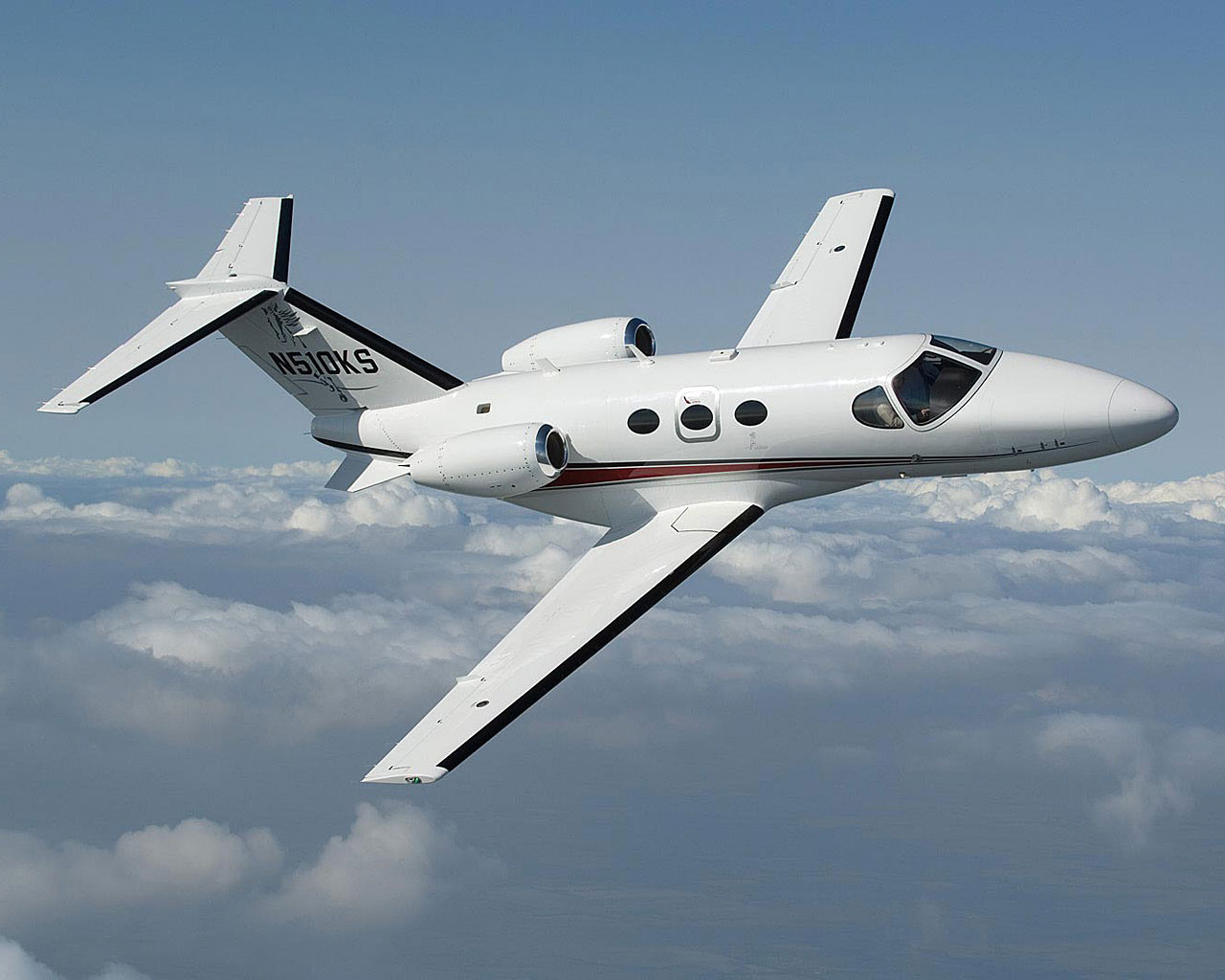
Citation Mustang
Thus, the competition in this segment in the big three manufacturers of light jet aircraft - Textron Aviation, Embraer and HondaJet has risen to the limit, offering the market very different models with a similar price tag of $ 4.5 million, because new models compete in their price category not only with each other, but also - indirectly - with hundreds of light business jets in the secondary market, which have a greater range, higher speed, and bigger salons.
Nevertheless, Embraer managed to create a cozy niche for its Phenom 100 - the largest fuselage cross-section, the best indicator of fuel efficiency and the lowest price in a comparable configuration provide tangible advantages.
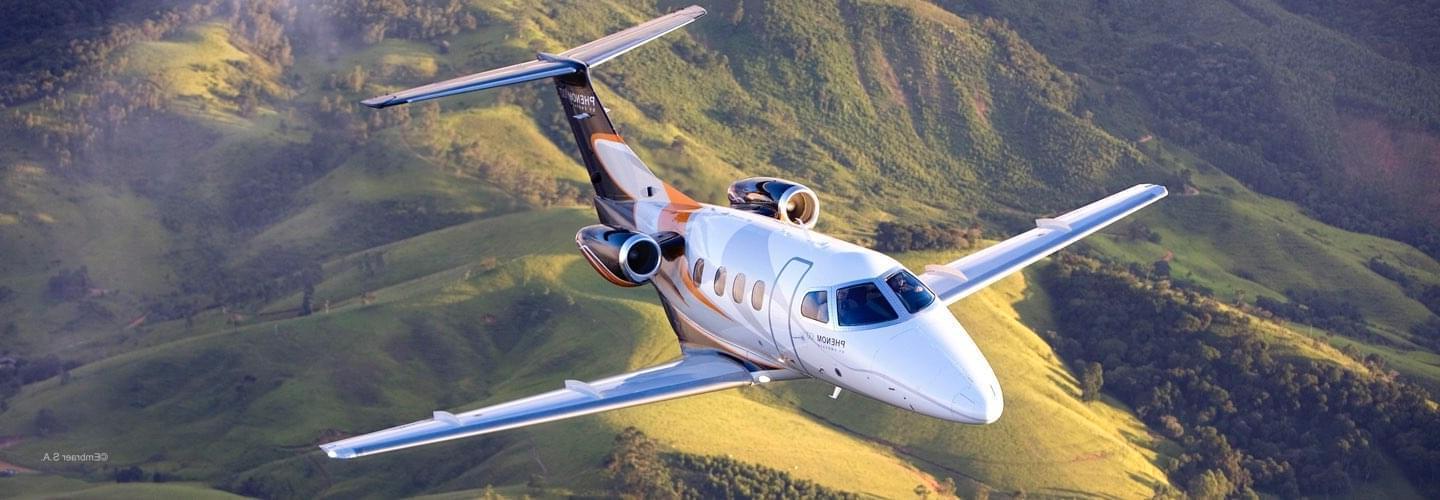
Phenom 100
The Phenom 100 has the same cabin section as its older brother Phenom 300. Should we conclude that this is a miniature Phenom 300? No, because the Phenom 100, like the Mustang, is an airplane designed to offer competitive purchase and charter prices. As a result, the Phenom 100 does not have carbon brakes, but only steel ones, it has less efficient spoilers * and significantly less powerful engines, which explains why it needs a longer track than Phenom. 300 to the ground. In addition, the Phenom 100 is equipped with inflatable boots (inflatable boots) to combat the icing of the wings, while the Phenom 300 has heated front edges. And even outwardly two aircrafts do not have the same wings.
However, for casual travelers looking for the best deal, these VLJs are a must. Mustang offers the most competitive prices, but the Phenom 100 is also profitable.
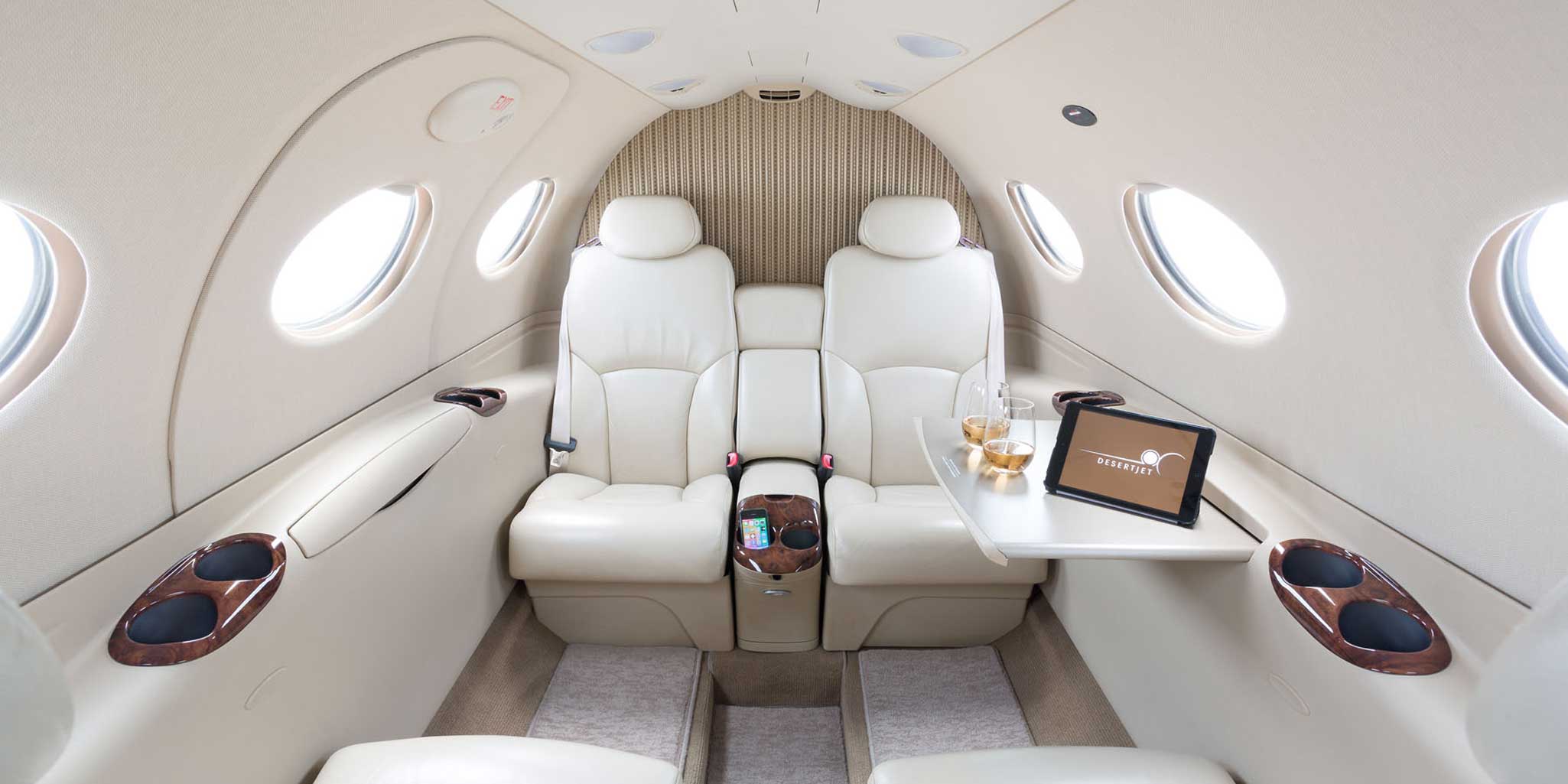
Citation Mustang interior
Outside, the Phenom 100 gives the impression of a solid aircraft due to the highly raised fuselage and the transformer door, turning into a gangway. Of all the aircraft in this class, only the Premier IA, which has been discontinued, has such a ramp. The fuselage cross-sectional dimensions are close to Premier I, so that the inside feeling of space is more likely to correspond to super-light business jets. Moreover, the fuselage that is oval in cross section wins compared to the round one because it provides more space at the shoulder level of seated passengers (at the same time reducing inductive reactance). The wing is completely located under the fuselage and does not cut the space in the cabin.

Phenom 100 interior
The main difference between the two aircraft? Interior dimensions. Mustang's hut is tiny. Its height is 1m37. In addition, there is no toilet, and the portholes are small. Conversely, the Phenom 100 cab is particularly spacious with a height of 1.50 m, 13 cm larger than the Mustang and 5 cm larger than the entire CJ range from Cessna. In addition, its 4 portholes provide more light and better review from the outside. And at the back there are separate toilets. Unlike Cessna, which did not release a new version of its Mustang, Embraer corrected the flaws of the Phenom 100's youth, such as the initially imperfect soundproofing of its cabin, with version E released in 2013 and EV version released in 2017. In 2017, Cessna Citation Mustang closes with the advent of a new competitor, which, in turn, will win in this segment: HondaJet.
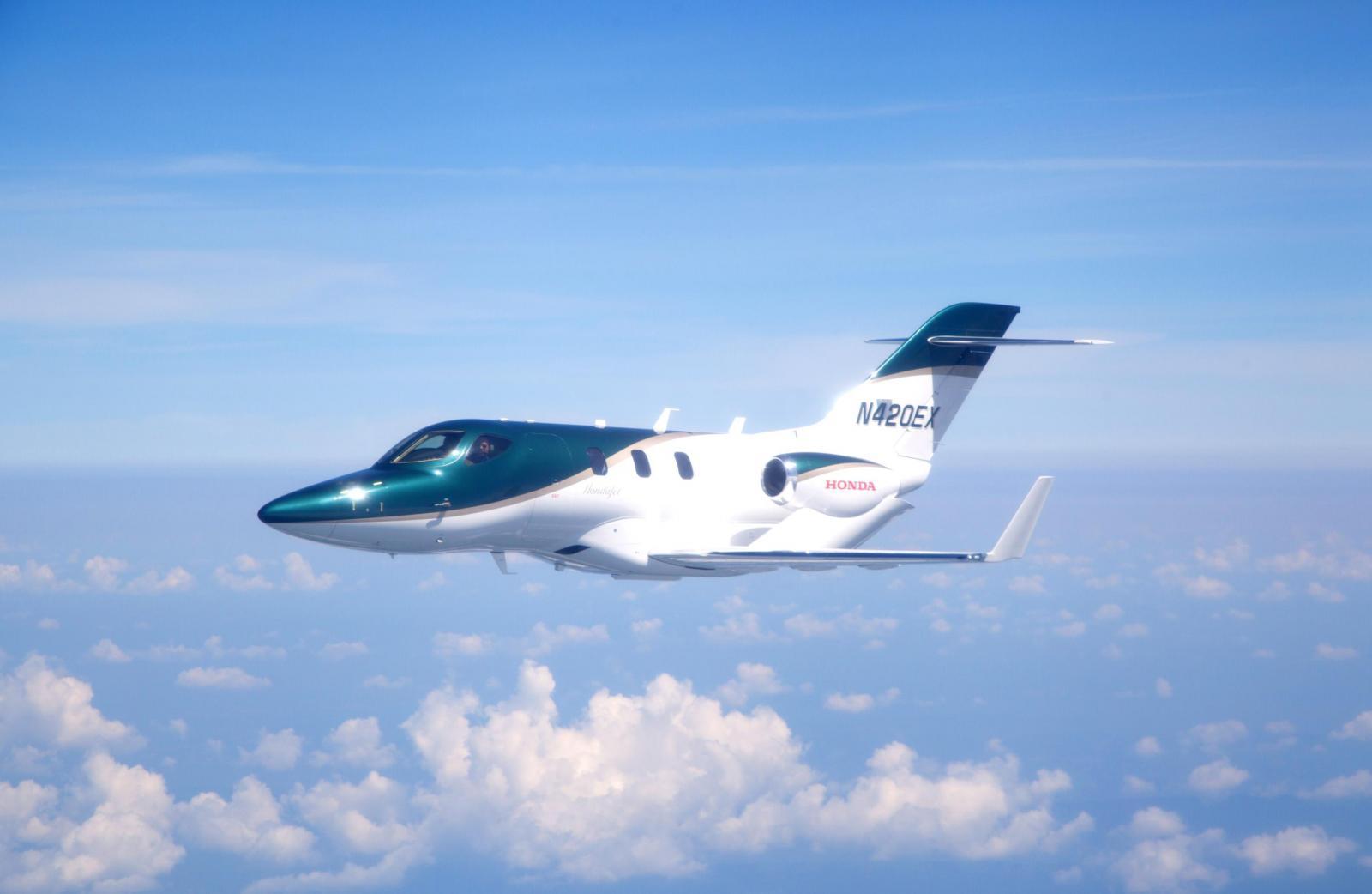
HondaJet
Faced with the Mustang, the Phenom 100 has a slope only along the length of the runway required for landing, and at the price of a charter. The rest of the Brazilian jet wins. More comfort, more autonomy, extra space, more speed ... But with 4 or 5 passengers on board, performance drops, as is the case with the Mustang. 5 passengers and autonomy increases from almost two and a quarter to less than one and a half hours, in particular, because it is impossible to refuel when refueling passengers. Collision with HondaJet, competition is tougher because two jets have comparable cabins, even if HondaJet is longer. Japanese aircraft are more economical, which should allow them to have more competitive prices. But since there are still few HondaJets in the charter market, it is currently difficult to compare the prices of two aircraft.
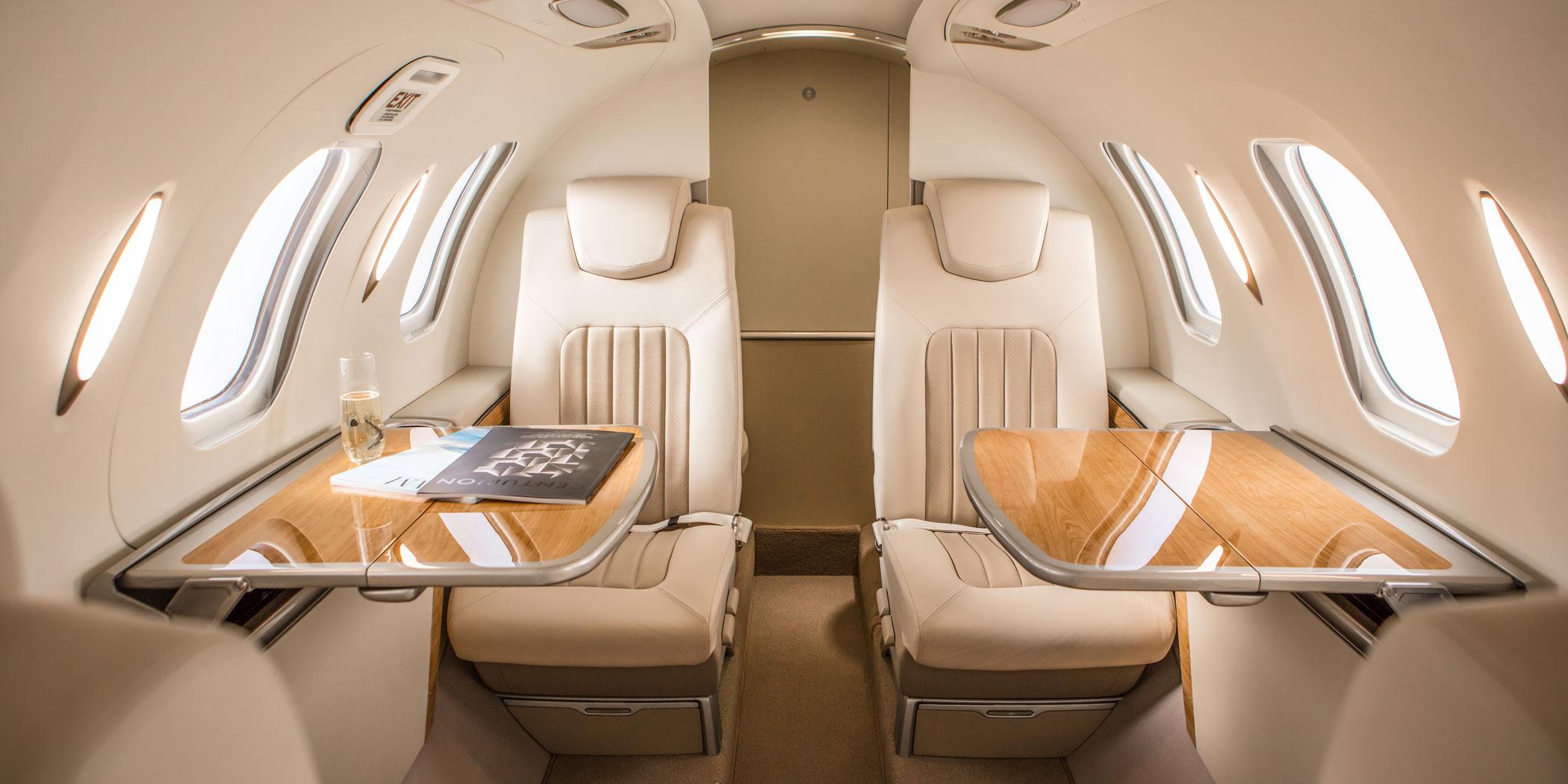
HondaJet interior